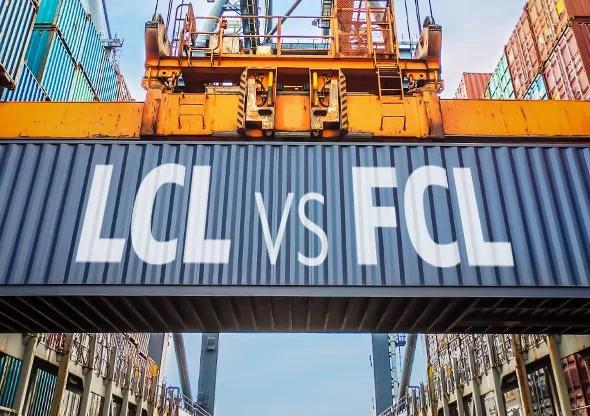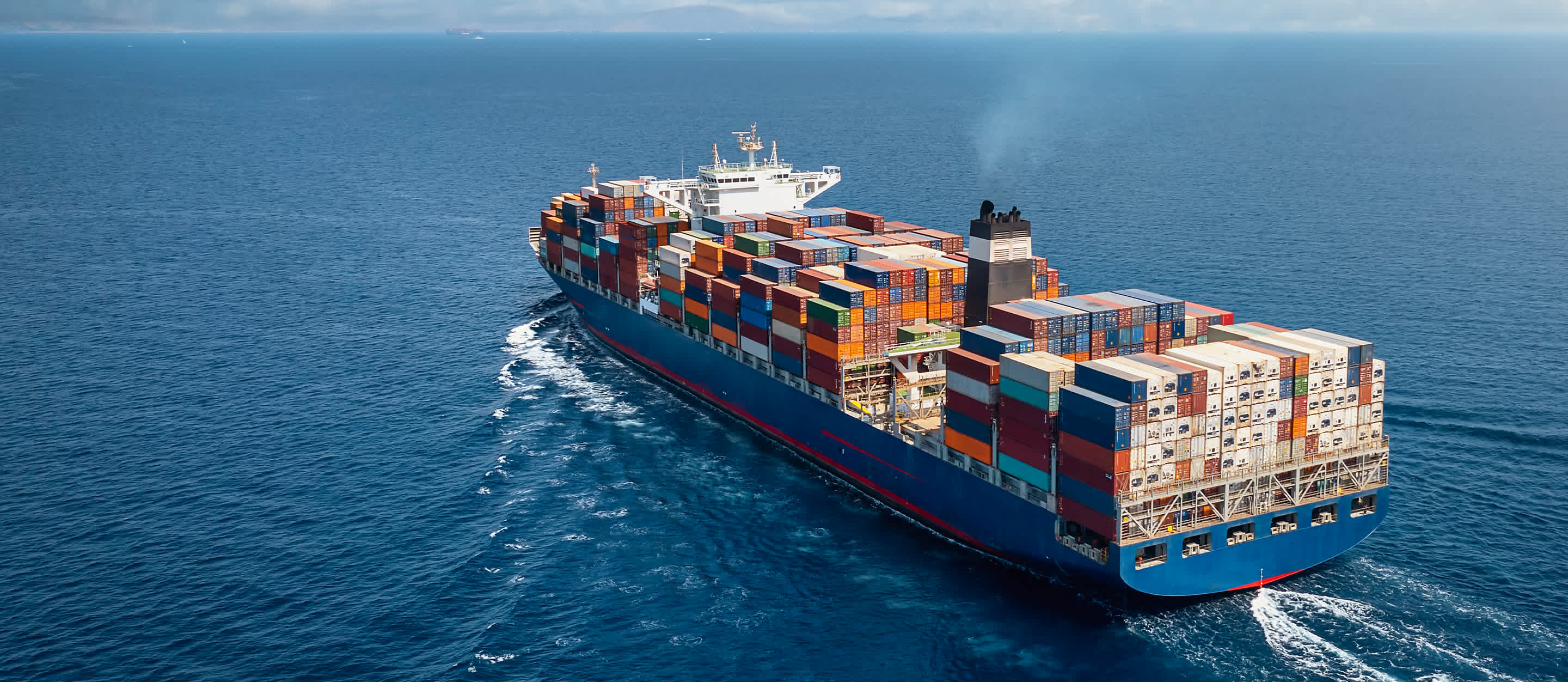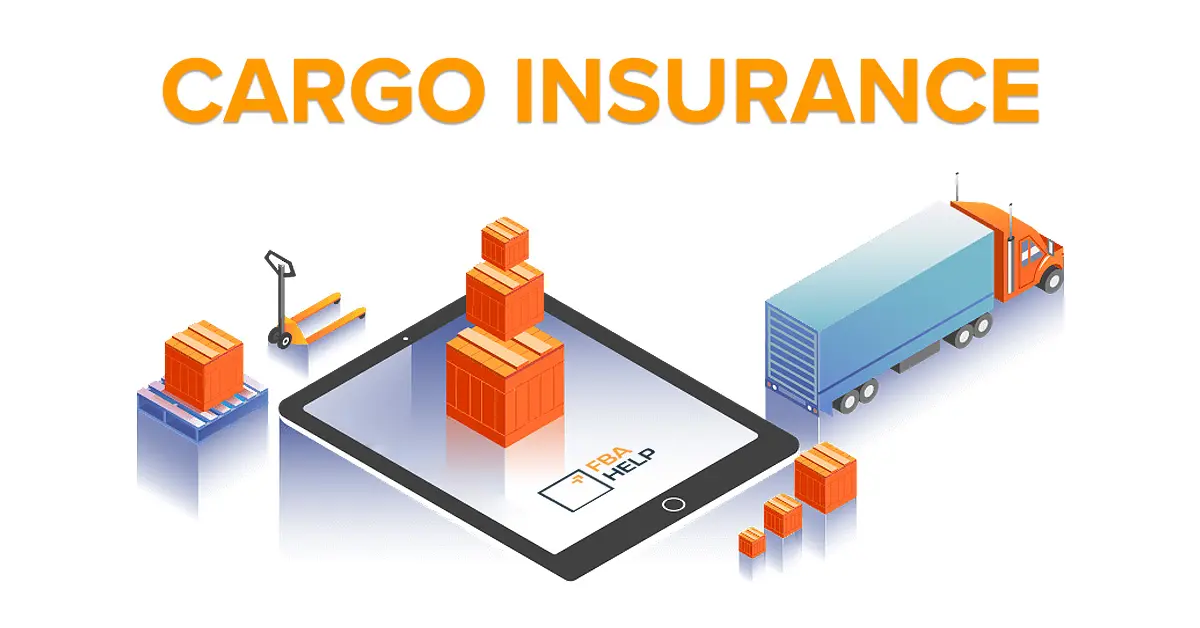Understanding SCAC Codes in Freight Shipping
In the intricate world of freight shipping, effective organization and traceability are paramount. To help manage the global flow of goods, the National Motor Freight Traffic Association (NMFTA) introduced the Standard Carrier Alpha Code (SCAC), a unique identifier for carriers. SCAC codes are essential for the smooth operation of international shipping, helping identify carriers, track shipments, and ensure compliance with regulations. This guide covers everything you need to know about SCAC Codes, from their definition and purpose to their use in shipping documentation and compliance.

1. What is the SCAC Code?
The SCAC (Standard Carrier Alpha Code) is a two-to-four-letter code issued by the NMFTA to uniquely identify freight carriers. These codes are vital in tracking international shipments, especially when goods cross borders. They are required by U.S. Customs and Border Protection (CBP) when submitting Automated Manifest System (AMS) or Import Security Filing (ISF) documents for imports.
NMFTA's Role
The NMFTA, a private organization in the U.S., developed the SCAC system to streamline the shipping process. SCAC codes are widely used in the logistics industry, and carriers without a valid SCAC can face significant obstacles in global trade. Air and sea carriers must register with NMFTA to obtain their SCAC code.
2. Why Do You Need a SCAC Code?
2.1 Identifying Carriers
SCAC codes were created to help identify carriers in a standardized way. With a SCAC code, carriers' information is digitized and can be stored, accessed, and verified quickly, ensuring smooth international shipping operations. Without a valid SCAC, transportation companies cannot engage in cross-border business, as U.S. customs authorities require it for verification.
2.2 SCAC Codes in Shipping Documentation
SCAC codes are essential in shipping documents like the Bill of Lading, Packing List, Shipment Invoice, and other critical paperwork. These codes enable customs to identify carriers when goods cross borders, ensuring the process is smooth and traceable.
2.3 Tracking Shipments
The SCAC code plays a crucial role in providing real-time updates for shipments. By referencing the SCAC code in documents like the Bill of Lading, shippers can easily track the status of their goods, streamlining communication and reducing errors.
2.4 SCAC Codes and U.S. Imports
For goods entering or transiting through the U.S., SCAC codes are vital. When filing AMS or ISF, the SCAC code is required to ensure compliance with U.S. customs regulations. Even goods transiting through the U.S. on their way to another destination, like Canada, must include a SCAC for customs clearance.
3. When to Use SCAC Codes?
U.S. Customs Border Protection (CBP)
Carriers entering the U.S. must use SCAC codes to identify themselves to CBP, the U.S. customs authority. This ensures that shipments can be properly inspected and processed, enhancing safety and efficiency.
AMS and ISF Filings
Both the Automated Manifest System (AMS) and Import Security Filing (ISF) require the SCAC code:
- AMS: Used for all air and sea shipments, AMS requires carriers to submit detailed shipment information 48 hours before departure to enable U.S. Customs to inspect and approve the shipment. The SCAC code is necessary to complete this process.
- ISF: Required for ocean shipments, ISF mandates carriers submit cargo details 48 hours before the vessel departs. The SCAC code is also required for ISF filings to ensure compliance.
4. How to Maintain or Renew SCAC Codes?
Maintaining an active SCAC code is essential for carriers. SCAC codes must be renewed annually through the NMFTA website. If a carrier fails to renew their SCAC, it may be reassigned, leading to potential disruptions in their operations. Upon renewal, carriers will receive a confirmation letter, which should be submitted to CBP to update their records.
5. Conclusion
The SCAC code simplifies the freight shipping process by digitizing carrier information, reducing paperwork, and improving overall efficiency. For carriers, obtaining and maintaining an active SCAC code not only ensures compliance with U.S. customs regulations but also fosters credibility within the shipping industry. By registering with NMFTA, completing the application process, and renewing the SCAC code annually, carriers can ensure their continued participation in global trade.









